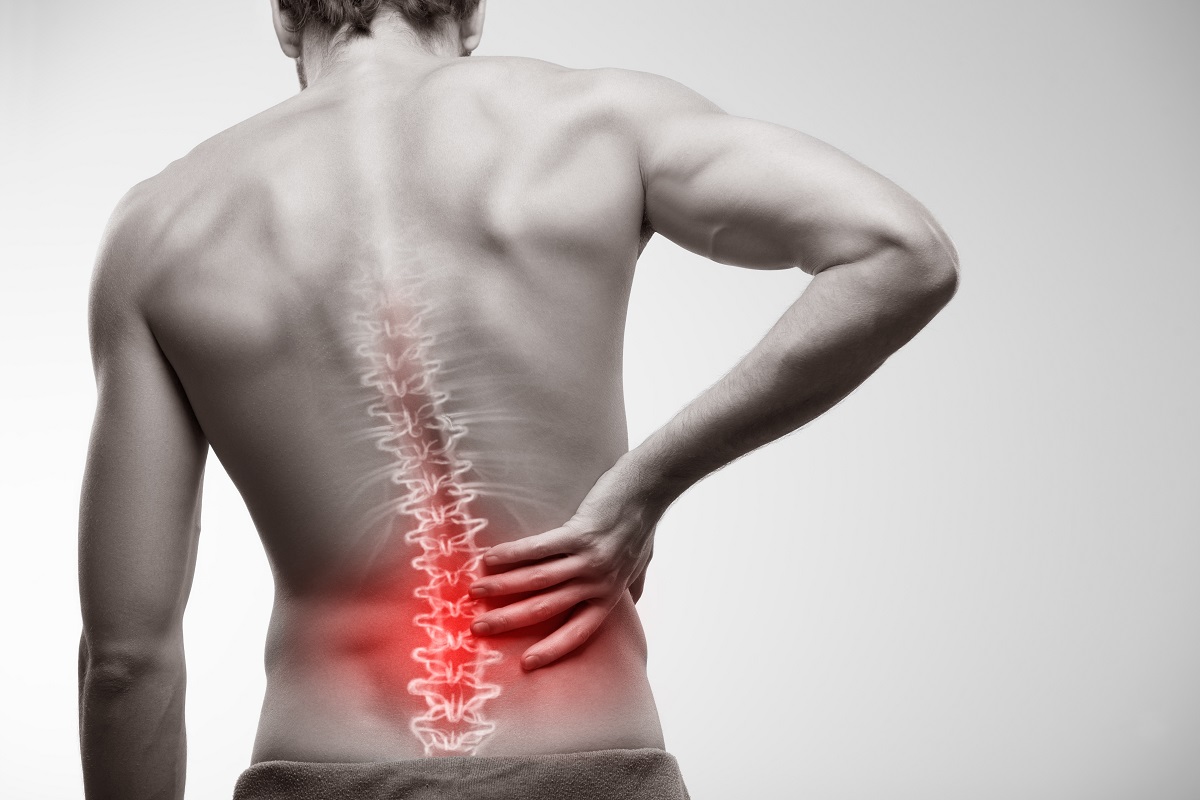Low back pain is widespread. It most often occurs due to overexertion and muscle strain. However, there could be other possible causes of your lower back pain that may need medical supervision.
Specialists for lower back pain Las Vegas are board-certified surgeons who offer expert diagnosis and comprehensive surgical and non-surgical procedures.
Common causes of lower back pain
Lower back pain is any discomfort in your lumbar region, an area at the back that starts below your ribcage. Pain can range from mild to severe and even impair routine activities like walking, sleeping, etc.
Lower back pain can occur due to the following causes:
- Injuries due to falls, or accidents
- Poor posture that causes muscle strain
- Osteoarthritis
- Degenerative disc disease
- Bulging or herniated disc
- Spinal stenosis
- Scoliosis
- Lordosis
- Kyphosis
- Spinal tumors
- Spondylolisthesis
Risk factors for lower back pain include:
- Age over 30 years
- Obesity
- Smoking
- Sedentary lifestyle
- Excess alcoholism
- Jobs that require excess lifting or bending
- Stress
- Depression and anxiety
Significant symptoms that require medical attention
Mild back pain can be easily managed at home through conservative methods like rest, heat and cold packs, pain medications, and muscle-strengthening exercises.
But, you may require medical care if the pain is severe with the following symptoms:
- Stabbing pain
- Pain radiating to other parts
- Muscle stiffness
- Muscle spasms
- Restricted mobility
- Impaired routine activities
- Disturbed sleep
Diagnosing lower back pain
Your healthcare professional will usually determine the cause of your pain to develop a treatment plan for you. This is possible through evaluation of the symptoms, family and personal history, and past injuries, and ruling out other medical conditions.
Furthermore, your doctor will examine you clinically to correlate the symptoms and order a few diagnostic tests. These include:
- X-rays
- MRI
- CT scan
- Discography
- Myelography
- Bone scan
- Spinal injections
Other tests may include blood and urine tests that help your provider identify the cause of your pain.
Lower back pain treatment options
Your healthcare professional may recommend the following surgical and non-surgical procedures when conservative methods fail to provide relief. These can include:
- Physical therapy
- Chiropractic therapy
- Steroid spinal injections
- Radiofrequency ablation
- Nerve blocks
- Disc replacement
- Fusion surgery
- Reconstruction surgery
Surgical intervention can be:
- Traditional or open
- Minimally invasive
- Robotic
Conclusion
Lower back pain is common affecting a majority of people of almost all age groups. While mild pain can be managed effectively at home, high-intensity back pain may usually require medical care. This is due to the fact that low back pain when not treated on time can lead to stiffness, and limited mobility, negatively impacting your quality of life.

